The 7 Secrets to the Best Classic Chili Recipe: Spice Up Your Life with Global Flavors!
Spice lovers, unite! Whether you're a seasoned cook or just dipping your spoon into the world of flavor-packed food, this article is for you. We’re diving headfirst into the best classic chili recipe, blending time-tested techniques with global spice traditions that’ll make your taste buds sing.
From Texas to Thailand, every culture has its own way of bringing heat and harmony to a pot of chili. In this guide, we'll uncover the ingredients, tools, and techniques that make the perfect bowl of chili—not just hot, but unforgettable. Let’s get cooking!
Table of Contents
- Why Chili Matters Across Cultures
- Step-by-Step: The Best Classic Chili Recipe
- 7 Secrets to Spicy Perfection
- Global Spice Traditions That Elevate Your Chili
- Buying Guide: Picking the Perfect Ingredients
- Essential Tools for Making Great Chili
- Final Thoughts: Make It Yours
Why Chili Matters Across Cultures
Chili isn’t just an American staple—it's a global phenomenon. Every region spices it up differently, using local chilies, herbs, and even proteins. In India, they use Kashmiri chili powder for color and warmth. In Mexico, dried ancho chilies bring depth and earthiness. In Korea, gochujang adds fermented richness to chili-based stews like kimchi jjigae.
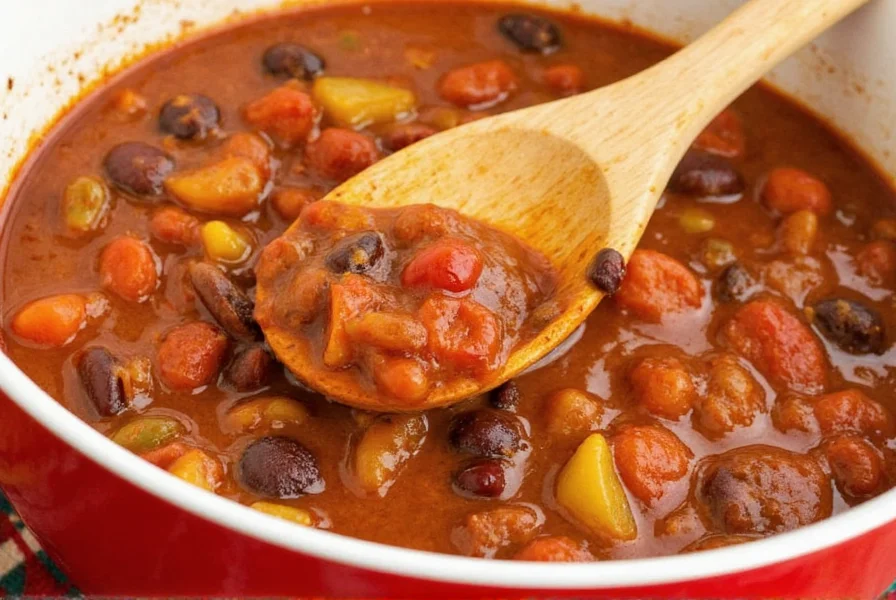
This global love affair with chili makes our classic recipe all the more exciting—it can be the base for a thousand variations, each telling a different story through spice.
Step-by-Step: The Best Classic Chili Recipe
Buckle up—this is where the magic happens. Here's a tried-and-true version of the best classic chili recipe that serves six hungry souls:
Ingredients:
- 2 tablespoons olive oil
- 1 large onion, diced
- 4 cloves garlic, minced
- 1 pound ground beef (or plant-based alternative)
- 1 red bell pepper, chopped
- 1 can (15 oz) kidney beans, drained and rinsed
- 1 can (15 oz) black beans, drained and rinsed
- 1 can (15 oz) crushed tomatoes
- 1 tablespoon tomato paste
- 2 teaspoons chili powder
- 1 teaspoon cumin
- ½ teaspoon smoked paprika
- Salt and pepper to taste
- Optional: ½ teaspoon cayenne pepper for extra kick
Instructions:
- Heat olive oil in a large pot over medium heat. Add onions and garlic; sauté until fragrant and translucent (about 5 minutes).
- Add ground beef and cook until browned and cooked through. Drain excess fat if needed.
- Toss in the red bell pepper and cook for another 3–4 minutes.
- Stir in crushed tomatoes, tomato paste, and all the spices. Mix well to coat everything evenly.
- Add both types of beans and simmer for at least 30 minutes on low heat, stirring occasionally.
- Taste and adjust seasoning as needed. Serve warm with rice, cornbread, or tortilla chips.
7 Secrets to Spicy Perfection
Want your chili to stand out from the crowd? These seven secrets will take your dish from good to legendary:
1. Layer the Heat
Don’t just throw in one type of chili. Use a mix—like fresh jalapeños, smoked paprika, and ground cayenne—for complexity and a slow-building burn.
2. Brown Everything First
Take the time to properly brown your meat and veggies. This develops the Maillard reaction, giving your chili deep, savory notes.
3. Simmer Like You Mean It
Letting your chili simmer for an hour or more allows the flavors to meld together beautifully. If you can, refrigerate it overnight and reheat—it’ll taste even better the next day!
4. Acidity Adds Balance
A splash of vinegar or lime juice at the end can cut through the richness and enhance the overall flavor profile.
5. Toast Your Spices
Dry toast whole spices like cumin seeds before grinding them, or bloom powdered spices in oil first. This unlocks their full aromatic potential.
6. Don't Skip the Beans
Kidney and black beans add texture, fiber, and a satisfying bite. Plus, they soak up the spicy broth like little flavor sponges.
7. Garnish Creatively
Top with shredded cheese, sour cream, avocado, green onions, or even a dollop of Greek yogurt. For a spicy finish, try sliced pickled jalapeños or a drizzle of hot sauce.
| Secret | What It Does | Best For |
|---|---|---|
| Layer the Heat | Adds depth and variety to the spice profile | Advanced cooks looking for flavor complexity |
| Brown Everything First | Enhances umami and aroma | All skill levels aiming for professional results |
| Simmer Like You Mean It | Allows flavors to fully integrate | Weekend cooks who can plan ahead |
| Acidity Adds Balance | Cuts through richness and enhances brightness | Cooks wanting balanced flavor profiles |
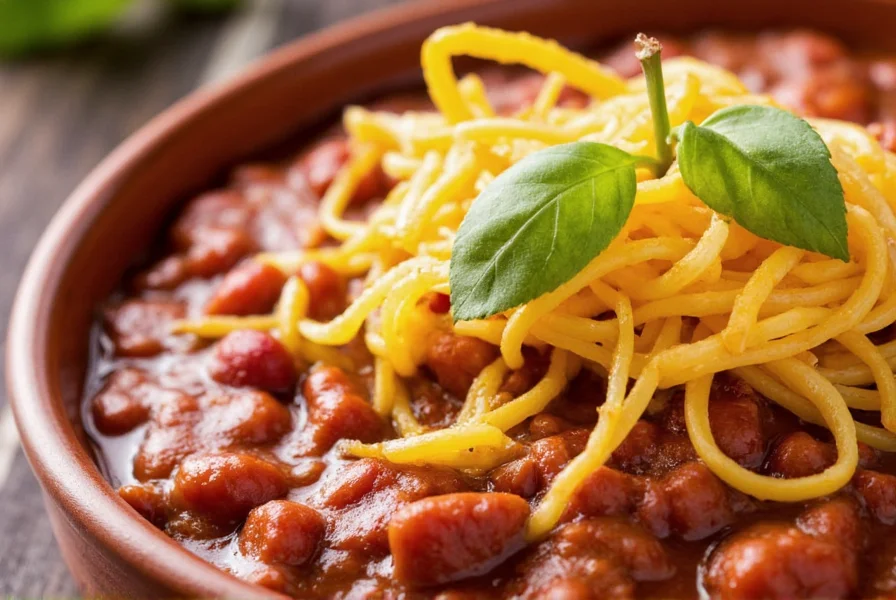
Global Spice Traditions That Elevate Your Chili
Now that we’ve covered the basics, let’s take your chili worldwide. Here are some international spice blends and methods that you can incorporate into your classic recipe for an exotic twist:
Mexican Magic: Ancho + Cumin
Use dried ancho chilies (soaked and blended) instead of regular chili powder. Pair with toasted cumin seeds for a rich, smoky backbone.
Indian Infusion: Garam Masala & Turmeric
Add a pinch of garam masala near the end of cooking and a dash of turmeric for warmth and golden hue.
Korean Kick: Gochujang & Sesame Oil
Replace part of the tomato paste with gochujang (Korean chili paste) and finish with a swirl of sesame oil for an umami-rich, nutty edge.
Middle Eastern Mingle: Sumac & Allspice
Sumac brings bright citrus notes while allspice offers warmth and depth—perfect for those who enjoy complex, layered heat.
Caribbean Fire: Scotch Bonnet & Thyme
Infuse the chili with whole thyme sprigs and finely chopped scotch bonnet peppers for fruity, tropical heat.
Buying Guide: Picking the Perfect Ingredients
Your chili is only as good as the ingredients you use. Let’s talk about how to choose the best components for your pot:
Ground Beef
- Feature: Rich flavor and fat content that enhances mouthfeel
- Advantage: Adds depth and texture
- Use Case: Traditional chili lovers
- Target Audience: Meat-eaters
- Occasion: Family dinners, game day snacks
Plant-Based Alternatives
- Feature: Often fortified with iron and protein
- Advantage: Vegan-friendly, less saturated fat
- Use Case: Health-conscious or vegetarian diets
- Target Audience: Vegans, vegetarians, flexitarians
- Occasion: Weeknight meals, dinner parties
Chili Powder
- Feature: A blend of ground chilies, cumin, garlic, and sometimes oregano
- Advantage: Offers convenience and balance
- Use Case: Quick flavor boost
- Target Audience: Beginner to intermediate cooks
- Occasion: Everyday cooking
Smoked Paprika
- Feature: Smoky, slightly sweet flavor
- Advantage: Enhances depth without overpowering heat
- Use Case: Adding complexity and color
- Target Audience: Flavor-focused cooks
- Occasion: Holiday meals, date nights
Gochujang Paste
- Feature: Fermented chili paste with umami punch
- Advantage: Unique sweetness and spice combo
- Use Case: Fusion or Korean-inspired chili
- Target Audience: Food adventurers
- Occasion: Creative dinners, cultural celebrations
Essential Tools for Making Great Chili
You don’t need a ton of gadgets, but having the right tools can make your life easier and your chili tastier:
- Large Dutch Oven: Even heat distribution and excellent for browning and simmering.
- Wooden Spoon: Ideal for stirring without scratching pans.
- Immersion Blender: Blend some of the chili for a thicker, silkier texture.
- Cast Iron Skillet: For making cornbread or frying tortillas on the side.
- Meat Thermometer: Ensures your meat is perfectly cooked.
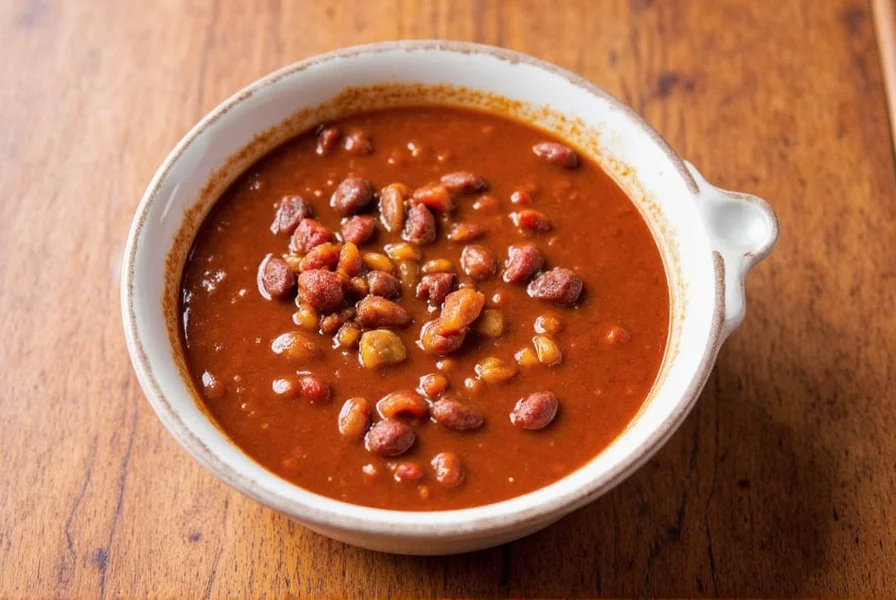
Final Thoughts: Make It Yours
There you have it—the ultimate guide to the best classic chili recipe, complete with global flair, practical tips, and insider tricks. Remember, chili is not a rigid formula—it's a canvas. Experiment with spices, swap out proteins, and find what speaks to your palate.
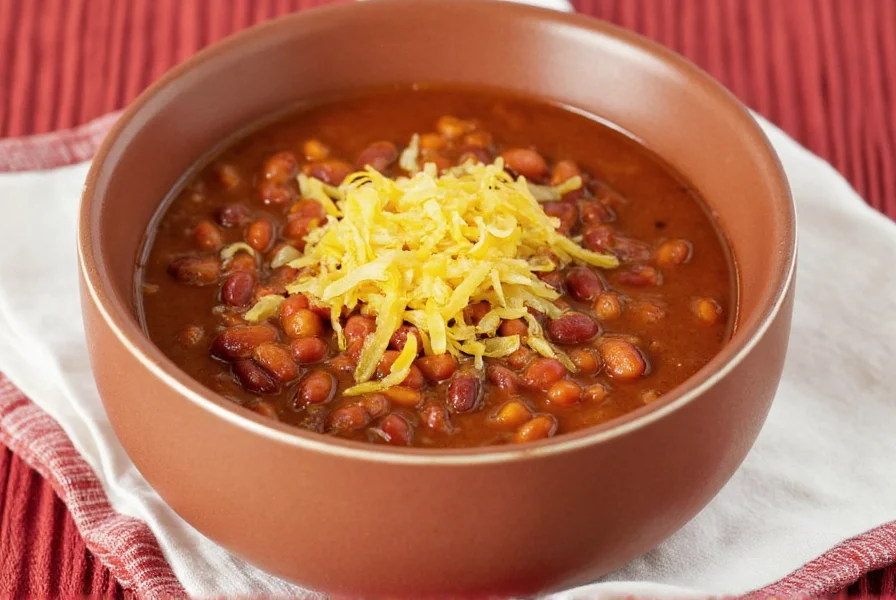
Whether you’re feeding a family, hosting friends, or just craving comfort in a bowl, chili is your friend. So grab that ladle, crank up the heat, and make it your own. Happy cooking!

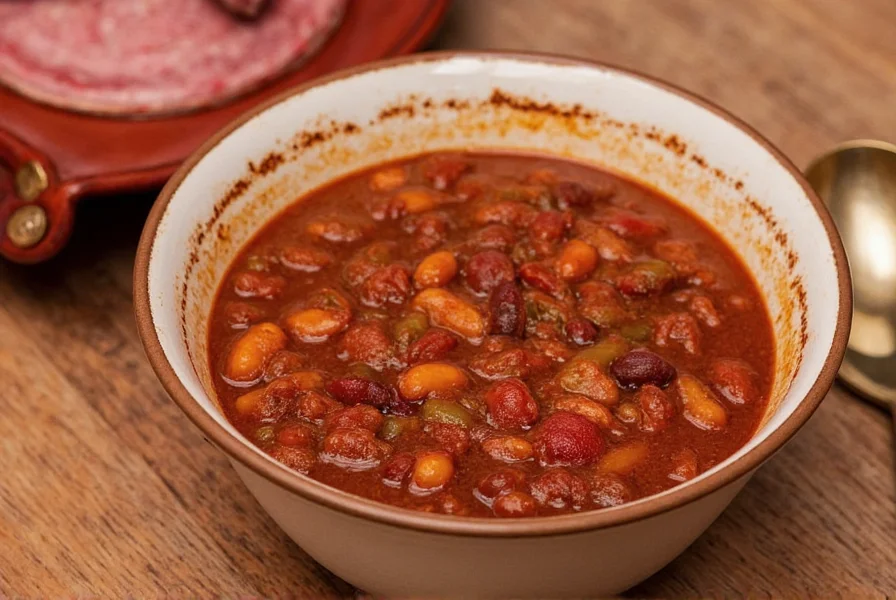









 浙公网安备
33010002000092号
浙公网安备
33010002000092号 浙B2-20120091-4
浙B2-20120091-4